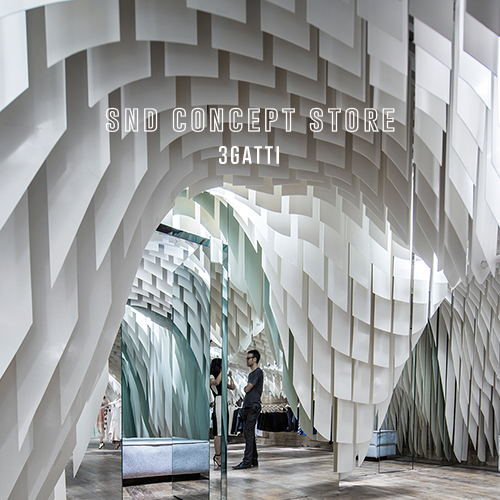Nest We Grow by UC Berkeley + Kengo Kuma Associates
/Snapshot: Kengo Kuma and graduate students from UC Berkeley team up to create Nest We Grow, a self-sustaining public center in the northern reaches of Japan that’s a stunning reflection of the natural environment.
Winning the 4th annual LIXIL international design build competition, Nest We Grow is the result of a unique collaboration between architect Kengo Kuma and a team of graduate students from the UC Berkeley. By mixing architectural styles between designers from across the ocean and integrating renewable materials and resources from the surrounding landscape, we get an eco-friendly center that’s very much in touch with nature.
Settled in the Hokkaido region of Japan, Nest We Grow serves as a place for the community to gather, prepare and enjoy food in a shared environment. The wooden frame structure is spaced in a way that resembles a Japanese larch forest, where an abundance of food is hung to dry from tree-like beams to create a surrounding wall of fresh fish and vegetables. The community can gather around the central fireplace (which includes a raised tea platform), where they can socialize and enjoy the sublime resonance of Nest We Grow.
Kengo Kuma is known for designing structures with a light and airy feel, even while using heavy materials like stone. You can see his touch in the Nest where heavy timber construction, a common U.S. technique, is translated into a more Japanese method of combining composite columns that form together to maintain the necessary strength. Using methods now popular in California, like rammed-earth walls and straw-bale construction, we get to see what happens when a team of talented architects from across the globe work together and merge ideas.
Using water, light and air from its surroundings, the Nest integrates the ecosystem to bring us a communal center that completely utilizes the natural environment. The façade of plastic, corrugated sheets retain heat during the cold seasons while still capturing light for the plants. During the warm parts of the year, panels can be slid to facilitate air flow. Even the funnel shaped roof collects rainwater and snow melt to irrigate the plants in the walls. The base wall also protects guests and plants from the prevalent northwest wind during the winter, a feature very important on the occasionally freezing cold northern island.
A self-sustaining system, Nest We Grow uses these modest-yet-beautiful materials in congruence with natural elements to create a harmonious experience between people and their environment.















